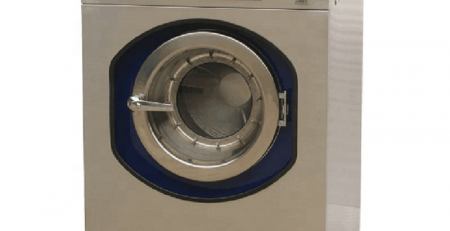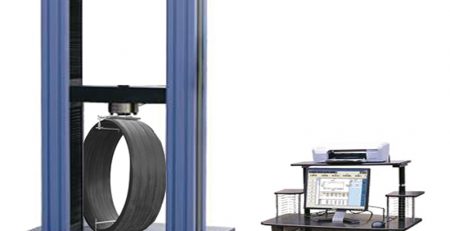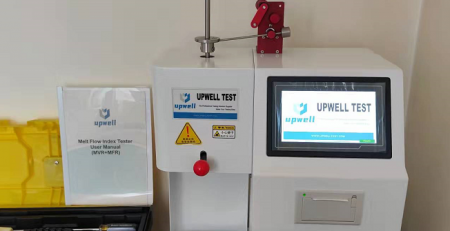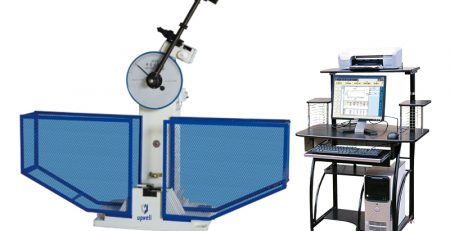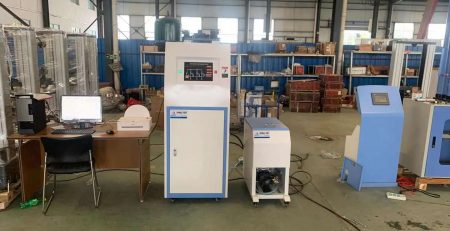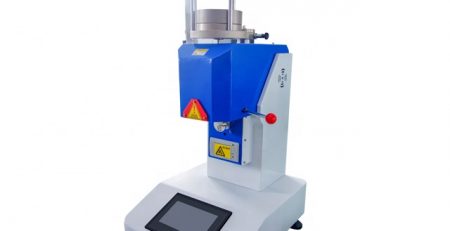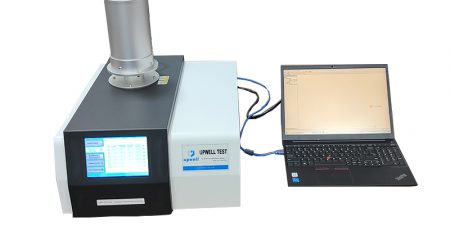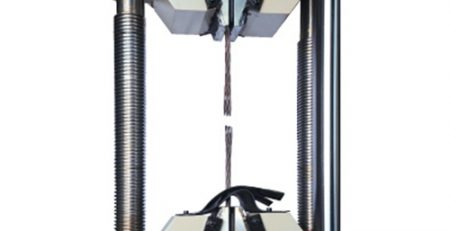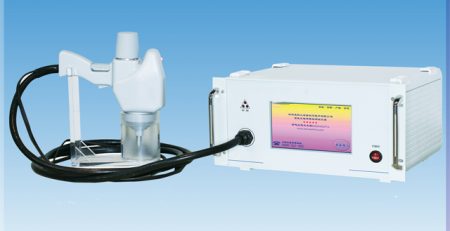Deformation measurement overview: Deformation measurement of a testing machine refers to a measurement system that measures material displacement and deformation through a testing machine.
The deformation amplifier unit of the deformation measurement system is one of the main components of the testing machine. Its main function is to amplify the weak signal generated by the sensor, and send it to the computer after processing, so as to record or display the deformation value of the sample. .
Most deformation units now use single-chip 24-bit ultra-low noise analog-to-digital converters. This chip set signal amplification and A/D conversion in one. Because this set of deformation units has the characteristics of “a single chip as the core and few peripheral circuits”, the system has the characteristics of high precision, good stability, small linear error, and strong anti-interference ability. Reasonable design and good process layout make the amplifier extremely stable. It is a single-chip computer unit connected with the amplifier, as the heart of the host, responsible for the amplifier range conversion, data acquisition, data transmission, test mode selection and liquid crystal display, direct reading digital quantification, and these data can be passed through RS232 Port output, through the RS232 port can also receive instructions from other devices. Due to the single-chip computer control, this unit has the function of automatic zero adjustment. During zero adjustment, you only need to press the zero key on the main interface to automatically clear the whole process, and the zero time is extremely short.
Deformation measurement technical parameters: Deformation measurement index parameters include measurement range, indication error, sensitivity, and resolution.
Measuring range-the range between the minimum and maximum dimensions of the material or component that the testing machine can measure through the measuring system.
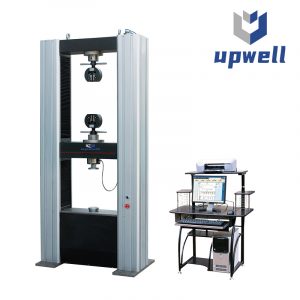
tensile testing machine
Indication error-the difference between the recorded or displayed measurement value of the sample deformation value and the actual value of the measured value is called the indication error of the measuring system of the testing machine. Indication error is unavoidable, and its size is within a specific range or standard range.
Deformation measurement sensitivity of the testing machine-the displacement rate of the sensitivity indicator relative to the measured change. Sensitivity is a sign of measuring physical instruments. The finer the sensitivity of the testing machine’s measurement system, the higher the accuracy of the measurement result.
The resolution of the deformation measurement of the testing machine refers to the smallest measurable accuracy of the measurement data of the photoelectric encoder of the testing machine. The greater the resolution, the more accurate the measurement result.
Working principle of deformation measurement:
The strain gauge is composed of an elastic element and a strain gauge attached to it. When the moving arm of the extensometer is stressed, the elastic body is deformed and the resistance value of the strain gauge attached to it changes. The original balanced electric The bridge loses balance and outputs a voltage signal output proportional to the deformation. Since the electrical signal output by the extensometer is extremely weak, it must be amplified to reach the required value. This work is completely amplified and converted by the A/D converter, and then sent to The single-chip computer performs processing, displays in direct reading mode, and transmits to the computer via RS232 for data processing.
The deformation measurement of the testing machine is an important part of the testing and control system of the testing machine, and is a key technical link of the testing machine. The selection of a deformation measuring instrument with high reliability and strong stability is one of the factors worthy of consideration by users.
- it is the ball screw that drives the movement of the sensor, because if the screw has a gap, the future test data will directly affect the maximum deformation and elongation after the test. At present, some screw rods of electronic universal testing machines on the market use T-shaped ordinary screw rods. In this case, the gap is relatively large, and the friction force is relatively large and the service life is short.
- it is the transmission system of the electronic universal testing machine. At present, the transmission system of the testing machine on the market adopts reducer and some adopts ordinary belt. The main disadvantages of these two transmission methods: the former requires regular lubrication, the latter It cannot guarantee that the synchronization of the transmission will affect the test results.
- the force sensor of the testing machine, because the quality of the sensor determines the accuracy and the stability of the force measurement. The current sensors for the tensile testing machine on the market generally use S-type sensors for small force values and generally use large force values. For spoke type sensors, the inside of the sensor is generally a resistance strain gauge type. If the accuracy of the strain gauge is not high, the anti-aging ability of the glue used to fix the strain gauge is not good, or the sensor material is not good, the accuracy and service life of the sensor will be affected.
- the power source (motor) of the testing machine is also called a motor. At present, some electronic universal testing machines on the market use ordinary three-phase motors or variable frequency motors. This kind of motor uses analog signal control, which has slow control response and inaccurate positioning. Generally, the speed range is narrow. If there is a high speed, there is no low speed or if there is a low speed, there is no high speed, and the speed control is not accurate.
- it is the measurement and control system (that is, software and hardware) of the testing machine. At present, most of the measurement and control systems of the tensile testing machine on the market use 8-bit single-chip control, which has a low sampling rate and poor anti-interference ability. The other is AD Converter, if the number of bits of the AD converter is low in resolution. Then the measurement will not be accurate.
Any further question please freely to contact us www.upwelltest.com info@upwelltest.com Phone:008615562578858

